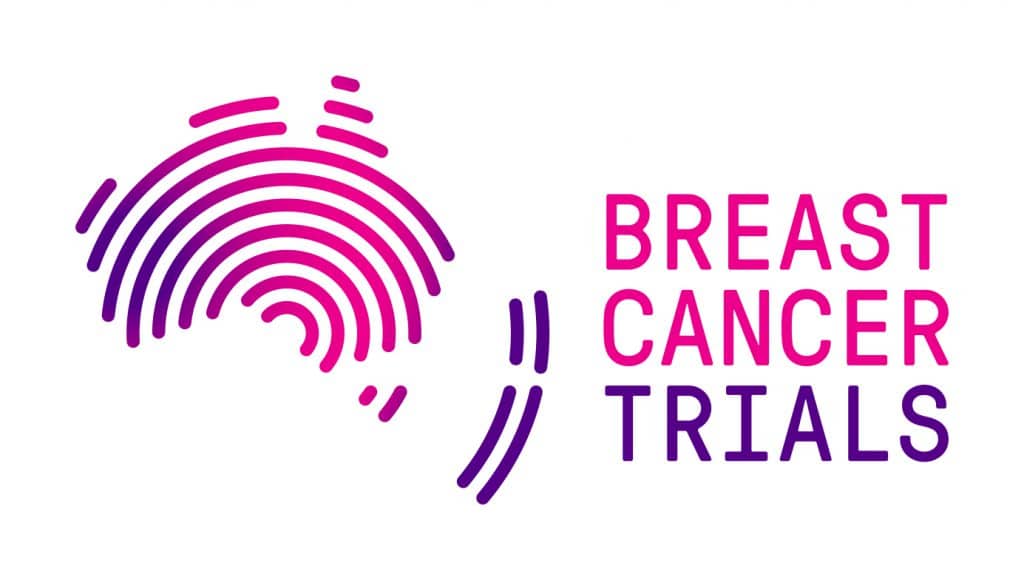How Common Is Breast Cancer?
In 2019, it is estimated that breast cancer will become the most commonly diagnosed cancer in Australia. It is estimated 19,371 women and 164 men in Australia and approximately 3,504 people in New Zealand will be diagnosed with cancer in 2019.
In Australia, breast cancer is the second most common cancer to cause death in women after lung cancer. The risk of being diagnosed with breast cancer by age 85, is 1 in 7 for women and 1 in 675 for men.
Worldwide, breast cancer is the most common cancer among women, impacting 2.1 million women each year, and is responsible for the greatest number of cancer-related deaths among women.
Last year, it is estimated that 627,000 women worldwide died from breast cancer. This is approximately 15% of all cancer deaths in women.
What Is The Most Common Type Of Breast Cancer?
Breast cancer is not just one disease, but several. It includes different subtypes, which include ER positive, HER2 positive and triple negative. Treatments are also becoming increasing personalised for patients.
The most common type of breast cancer is both oestrogen receptor (ER) positive and HER2-negative. Approximately 75% of all breast cancers are ER positive. In this type of cancer, oestrogen receptors cause cell growth, and treatment may include hormone therapy and chemotherapy.
Another important subtype is triple negative breast cancer. Around 15% of breast cancers are triple negative, which means that hormone therapy and HER2 blocking therapy are not effective. Chemotherapy is often used for this type of breast cancer.
Around 15% of breast cancers are HER2 positive. HER2 stands for human epidermal growth factor receptor 2.
HER2 is a protein created by the HER2 gene. HER2 proteins are receptors on breast cells, and are involved in normal cell growth, however sometimes the HER2 protein doesn’t work properly and cells multiply too quickly. This can cause a fast-growing breast cancer.
If too much HER2 is present in your breast cancer cells, then you have HER2 positive breast cancer. The presence of the HER2 protein causes cancer to spread more quickly to other parts of the body.
Thanks to Breast Cancer Trials, treatments for HER2 positive breast cancer have improved substantially over the last 40 years. It was thanks to the HERA clinical trial that those with HER2 positive breast cancer now have access to Herceptin, which was proven to improve survival rates when used with chemotherapy.
What Are The Most Common Symptoms Of Breast Cancer?
In the early stages of breast cancer there may be no symptoms at all. As the cancer grows, symptoms may include:
- A new lump in the breast, armpit area or around the collarbone
- A change in breast size or shape
- Changes to the nipple, such are sores or crusting, an ulcer or inverted nipple
- Clear or bloody nipple discharge
- Changes to the skin including redness, puckering, or dimpling (an ‘orange peel’ appearance)
- Breast tenderness or pain
It is important to know that these symptoms may not be related to cancer at all, and that there are many other causes. If you notice any of these symptoms, you should see your doctor.
How Common Is Breast Cancer In Both Breasts?
Synchronous bilateral breast cancer, or breast cancer in both breasts at the same time, is uncommon.
Breast cancer data shows that an average of 2.3% of women with invasive breast cancer in one breast also had cancer in the second breast diagnosed at the same time, or within at least three months of the first diagnosis. As you get older, the likelihood of being diagnosed with breast cancer in both breast increases.
However, five-year survival for patients with breast cancer in both breasts is not significantly different from patients with breast cancer in only one breast. Women who have been diagnosed with cancer in one breast are more likely to be diagnosed with breast cancer in the other breast at a later date. Cancer specialists will usually keep a close eye out for this.
How Common Is Breast Cancer In Your 20s?
Less than 1% of breast cancers occur in people in their 20s.
The latest data we have from the Australia Institute of Health and Welfare (AIHW) is from 2015. It shows that 17,004 people were diagnosed with breast cancer. From this 80 people were between the ages of 20-29.
There were 3 breast cancer diagnoses in people under the age of 20.
Although breast cancer can occur in your 20s, it has been shown that it is not useful for the average woman under 40 to have regular mammograms. If you have a strong family history or are concerned about your chances of developing breast cancer, speak with you GP about your screening options.
How Common Is Breast Cancer In Your 30s?
The probability of developing breast cancer in your 30s is higher than in your 20s, but is still uncommon.
According to AIWH data from 2015 , 721 people aged between 30-39 were diagnosed with breast cancer, which equates to 4% of the 17,004 people diagnosed that year.
Rates for breast cancer in younger women are lower, as your risk of being diagnosed with breast cancer increases with age.
What Is The Most Common Benign Breast Tumour?
Benign breast tumours are not cancerous and are very common.
A woman’s breasts go through many changes due to puberty, pregnancy and menopause. Most breast changes are likely to be normal or due to a benign breast condition. Some benign breast tumours may need treatment, but this is not always the case. If you notice a change in your breasts, you should discuss this with your GP.
There are several benign (not cancerous) breast conditions including; breast pain, breast cysts, duct ectasia, fibroadenoma, periductal mastitis, benign phyllodes tumour, breast calcifications, fat necrosis, intraductal papilloma, gynaecomastia, hyperplasia and atypical hyperplasia, lobular neoplasia, Mondor’s disease, sclerosing lesions of the breast and intertrigo.
How Common Are Breast Biopsies?
A breast biopsy involves the use of a needle to take a sample of a small amount of tissue to be examined under a microscope. It is done to investigate suspicious changes in the breast, that are causing symptoms or are found on routine scans.
It is very common as it is part of the ‘triple test’ to diagnose breast cancer: a physical examination, mammogram or ultrasound and then biopsy. Although other tests can point to cancer being present, only a biopsy can make a definite diagnosis.
Just because a biopsy is being done, it does not mean that there is cancer present. A breast biopsy can also show that there is no evidence of cancer present in the breast. Alternative diagnoses include the benign conditions listed above.
Types of breast biopsies include fine needle aspiration biopsy, core needle biopsy and surgical biopsy.
How Common Are Breast Calcifications?
Breast calcifications are common and are usually non-cancerous and harmless. They are small spots of calcium deposits in the breast. They are usually found during routine mammograms.
There are two kinds of breast calcifications: macrocalcifications and macrocalcifications. Macrocalcifications are not linked with cancer and require no treatment. Microcalcifications are not usually due to cancer, but a group of microcalcification can sometimes be a sign of pre-cancerous changes or early breast cancer. Microcalcifications may require further investigation and treatment.
What Is The Most Common Treatment For Breast Cancer?
The type of treatment that is used for breast cancer is dependent on several factors including the type of breast cancer, stage of breast cancer, the patients age and general health, genomic markers, where the breast cancer is in the body and the patient’s preference.
Surgery is the most common treatment for breast cancer. The smaller the tumour, the more options the patient has.
The most common types of surgery for breast cancer are lumpectomy, which can also be known as partial mastectomy or breast conserving surgery, and mastectomy. Often one or more lymph glands from the armpit will also be removed at the same time as the breast surgery, in a sentinel node biopsy or axillary dissection.
Other treatments for breast cancer include radiation therapy, chemotherapy, hormonal therapy and targeted therapy.
Is Breast Cancer In The Left Breast More Common?
Breast cancer in the left breast is not more common than breast cancer in the right breast, however some treatments may differ due to the proximity of the heart on the left side the body.
How Common Is Breast Cancer In Men?
164 men in Australia will be diagnosed with breast cancer in 2019, representing less than 1% of all breast cancer diagnoses.
Breast cancer in men is less common, but the symptoms and most of the treatment is the same. Men should be aware of the look and feel of their breasts and alert their doctor of any changes.
QUICK ACCESS
What Is The Most Common Type Of Breast Cancer?
What Are The Most Common Symptoms Of Breast Cancer?
How Common Is Breast Cancer In Both Breasts?
How Common Is Breast Cancer In Your 20s?
How Common Is Breast Cancer In Your 30s?
What Is The Most Common Benign Breast Tumour?
How Common Are Breast Biopsies?
How Common Are Breast Calcifications?
What Is The Most Common Treatment For Breast Cancer?
Support Us
Help us to change lives through breast cancer clinical trials research



